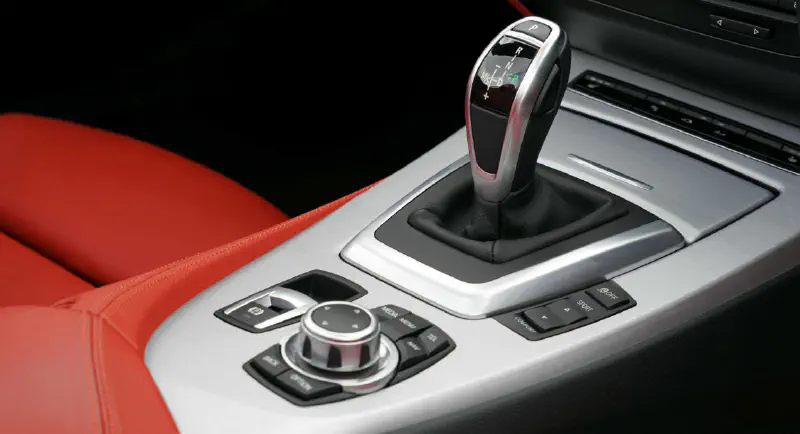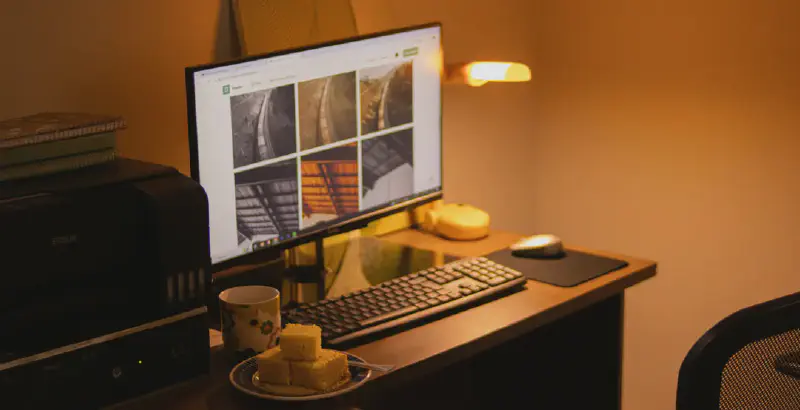Recently, at the invitation of my daughter’s classmate’s parents, I had the opportunity to visit three small and medium-sized enterprises—two in traditional manufacturing and one in new materials. Unlike previous corporate visits confined to meeting rooms and office buildings, this time I explored every corner of the factory floors, gaining a clearer and more direct understanding of China’s most common production and manufacturing processes.
For daily free static blog hosting, services like Vercel, Cloudflare Pages, Netlify, and OneEdge are commonly used. However, in China, Vercel and Netlify generally offer the fastest speeds. Recently, Netlify adjusted its free tier, providing only 300 credits to free users by default, with each build consuming 20 credits. If you update your blog frequently, the credits can run out quickly. Overall, Vercel remains the best option.
Previously, when using the Hugo-theme-stack theme, it came with built-in search functionality. I had assumed this was a default feature of Hugo, only to later realize it was an add-on.
After switching to the Bear cub theme, I didn’t initially think this feature was crucial. However, in practice, I found that sometimes I couldn’t recall certain details and needed search to assist. So, I looked into how to add search externally. It’s actually quite simple—just four steps.
Recently, Old T came across several videos on WeChat Video Channel showing rows of cars with dual-clutch transmissions breaking down on the Sichuan-Tibet Highway. These videos urged drivers of such cars to learn how to drive using manual mode.
As Old T currently drives a car with a dual-clutch transmission—specifically, a dry dual-clutch, which is considered less robust—this issue caught his attention, prompting him to look into it.
After all, the idea of reverting to manual shifting in an automatic car is enough to give anyone a headache.
Recently, Old T wrote an article titled “Why 1000M Broadband Sometimes Tests at Only 300M,” and some readers privately messaged Old T asking how to optimize their home networks. Old T thought, isn’t network optimization something you can find everywhere online? So, he casually searched for a few articles on WeChat Official Accounts and sent them over. But clearly, these didn’t meet their needs because their goal was to optimize upload issues with cloud storage, where uploads would often disconnect midway. Thus, Old T had no choice but to write this article himself. Coincidentally, he’s also been pondering video website compression upgrades and static website solutions, so he’ll cover those as well.
Lately, while scrolling through the news, I was baffled by Japanese Prime Minister Takaichi Sanae’s outrageous statement that “a Taiwan emergency is a Japanese emergency.” Seriously? A country that was unequivocally defeated in World War II is now posturing to meddle in China’s reunification? The role reversal is so swift, it almost feels like we’ve traveled back a century.
Yesterday, while browsing Zhihu, I came across a question: “How do you evaluate the view that ‘AI is America’s Urban Investment’?” Under this question, there was an image that has been widely circulated online recently—a network diagram depicting the intricate flow of funds and collaborations among tech giants Nvidia, OpenAI, Microsoft, and Oracle, dubbed the “AI Perpetual Motion Machine.” Some have questioned whether this complete “internal cycle” constitutes a massive asset bubble, comparing AI to “America’s urban investment,” which could eventually collapse.
Recently, Lao T has been browsing Zhihu, reading over a dozen questions and hundreds of answers about Kangxi and Hong Chengchou. Roughly estimating, the total word count likely exceeds 300,000. Regarding what could be called the most influential contemporary phenomenon of “grassroots historical invention,” Lao T has some personal reflections. Here, Lao T won’t revisit whether Kangxi was Hong Chengchou’s son but will instead share some thoughts on the phenomenon itself.
This Double 11 shopping festival, Old T bought two printers: one laser printer and one 3D printer.
Recently, my mom received a call claiming to be a “provincial public security satisfaction survey.” She didn’t answer the first two times and only picked up on the third attempt. She even called me to ask if it was a scam. As a legal professional, Old T was aware of such things. A few years ago, while taking my child to the hospital for a check-up, I was also “surveyed.” But undoubtedly, this kind of opinion polling seems like a “rarity” in China. Compared to the frequent poll data seen in foreign news, the presence of such surveys feels much less noticeable. If not for these two “survey” experiences with my family, I wouldn’t have known such “polls” existed domestically.
Total Posts: 385, Total Words: 565004.









